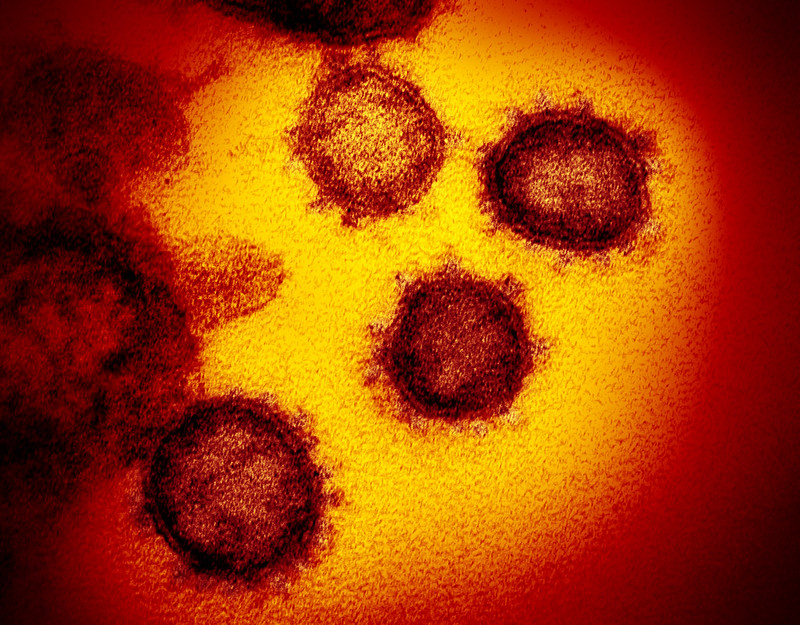Media Release
From: Springer NatureTen children from China diagnosed as being infected with the novel coronavirus SARS-CoV-2 experienced mild symptoms associated with COVID-19 respiratory disease, according to research in Nature Medicine. The study also indicates that the virus can be detected for longer periods in fecal samples than in nose and throat swabs. However, additional studies with larger samples are needed to further understand the clinical and epidemiological features of the infection in children.
The outbreak of SARS-CoV-2 and its associated respiratory disease COVID-19 emerged in December 2019. As of 12 March 2020, there have been 125,048 confirmed cases, including 4,613 deaths worldwide . Although early epidemiological and clinical features of SARS-CoV-2 infection in adults have been reported, fewer studies have assessed the infection in children.
Kang Zhang, Huimin Xia and colleagues screened 745 children from China for SARS-CoV-2 infection, most of whom had close contact with diagnosed patients or were members of families with reported familial outbreaks. Ten children (1.3%) — six males and four females, between 2 months and 15 years of age — tested positive for the virus and were admitted to a treatment center for SARS-CoV-2 infection.
The authors observed fever in seven children (none had a temperature over 39 ºC), and there were some instances of coughing, sore throat and nasal congestion. None of the other symptoms commonly seen in adult patients, such as muscle ache and headache, were present, and the patients were identified and diagnosed as a result of their exposure history rather than because medical care had been sought for them. Moreover, chest X-rays lacked clear signs of pneumonia, a defining feature of the infection in adult cases. These milder symptoms may make early detection and isolation of pediatric cases of SARS-CoV-2 infection more challenging, the authors suggest.
The authors also studied excretion of the virus (‘viral shedding’) through the respiratory and gastrointestinal tracts in all ten patients by collecting and analyzing a series of nose, throat and rectal swabs. In eight patients, rectal swabs continued to test positive for prolonged periods after nose and throat swabs had become negative. Quarantine timings are currently assessed through the use of nose or throat swabs; however, these results suggest that gastrointestinal-tract testing may help to provide more accurate assessments of treatment effectiveness and recovery. As with certain other respiratory viruses, fecal–oral transmission may potentially be possible, the authors suggest. However, they caution that showing a replicating form of the virus in fecal samples would be required for confirmation of the potential for fecal–oral transmission.


